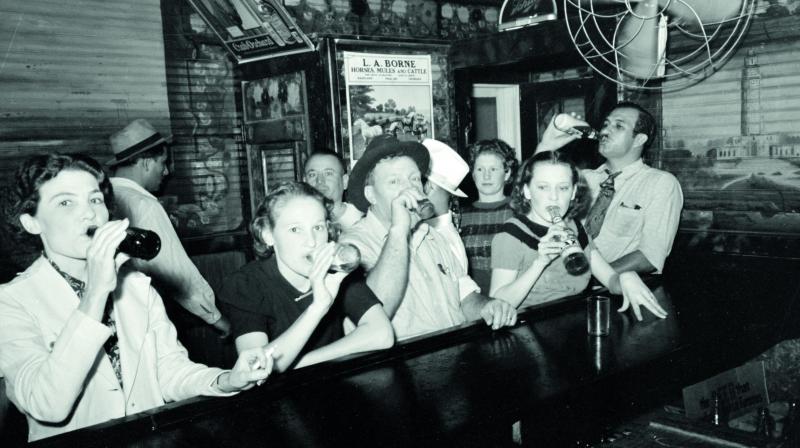Bringing back the classics

Up until 1933, in the US, the 18th amendment of the constitution ensured the prohibition of alcoholic beverages was in effect. This prohibition, which kicked in in 1919, was done with the intention to curb the rise in illegal production and sale of liquor, popularly known as bootlegging.
However, what it led to instead, was a rise in the number of illegal drinking spots, called speakeasies, as well as a sharp turn in gang violence and other crimes. It was an exciting time to be in the age, popularly known as the Prohibition era!
The lack of legal means of acquiring alcohol led to waning support for the Prohibition by the end of the ’20s and brought the era to a close soon after.
Interestingly, the Prohibition was not on consumption of alcohol, but on the manufacturing of it instead. So, when drinks like beer, corn whiskey and rum were popular in the pre-Prohibition age, the introduction of cocktails became a subtle way to sell tipple, but within the boundaries set by the law.
During that era, cocktails like Gin Rickey, Old Fashioned, French 75, Sazerac, Bee’s Knees, Southside, Mary Pickford, became wildly popular. There came about a shift from whiskey to gin, since the latter did not require ageing. Not to mention the fact that it could be produced illicitly too.
Great cocktails require great flavouring, and this era was no different, despite the restrictions. Honey, fruit juices, lemon juice and mint happened to be the most popular ingredients that were added to cocktails, especially since they served the bigger purpose to mask the foul smell of inferior liquour.
Luckily, these ingredients were quite easily available, and the flavours were easily recognisable. This made it easy for people back in the day to experiment a lot with mixing and bartending at home. What it also did was allow ingredients to be used and fixed according to one’s preference, and the personalisation quotient was quite high.
It was no surprise then that these cocktails eventually became a rage the world over. Bartenders and mixologists took the drinks and served them not only in their original form, but also experimented with the original recipes.
When I was personally given with the task of recreating Prohibition cocktails in today’s era, I decided to ensure that the drinks are mixed and designed with the classic craft, like back in the day. If you too are trying to recreate these nearly hundred-year-old cocktails, I’d suggest picking up some fresh ingredients like imported bitters, like I do. These not just ensure that your drink will retain the classic taste, the presentation too will stay intact, despite the modern approach. Cheers!

